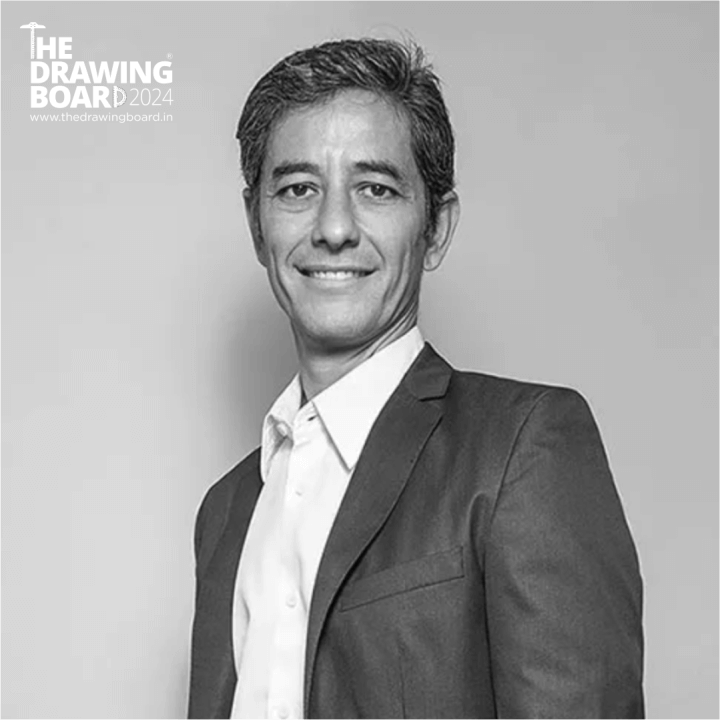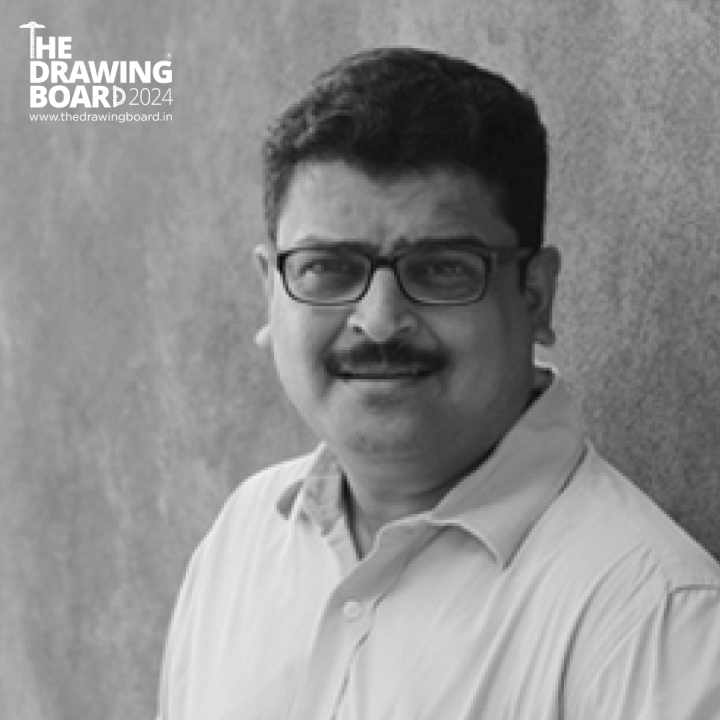EP 304 . 02 Oct 24
Design & Furniture Systems
With Andre Eckolt
In the episode
- I wanted to start by asking, Who are your main customers, and key stakeholders in your Ecosystem? Interior designers, end consumers, architects? How does your ecosystem work?
- In today’s world, Hettich is known for its furniture system solutions. Can you tell us what is a “furniture system” and what goes beyond just individual or modular components?
- What qualifies a good design for Hettich? How do define innovation in this world of systems?
- Hettich operates within a complex web of integrated systems and supply chains. How does the company build and grow a culture of innovation despite these inherent constraints? Can you share an example of a successful innovation that emerged within this framework?
- Furniture systems can lead to a degree of standardization. How does Hettich ensure that this efficiency doesn’t translate into monotonous designs? How do you empower designers to create unique experiences within the system?
- How do you see technological advancements like automation and AI impacting the way furniture systems are designed and manufactured in the future? What exciting possibilities do these advancements hold for both designers and consumers?
- Hettich operates on a global scale. Can you share some design trends or innovations from the international furniture landscape that you think would be particularly inspiring for young Indian designers?
- Sustainability is a growing concern. How does Hettich incorporate eco-friendly practices and materials into its furniture system solutions, while still maintaining functionality and affordability?
- Many designers might have brilliant ideas but struggle with the technical aspects of translating them into reality. Does Hettich offer any programs or resources to support designers in implementing their visions within the framework of your system?
- The design preferences of Indian consumers are constantly evolving. How does Hettich stay updated on these trends and incorporate them into your furniture system offerings? What are some unique design considerations specific to the Indian market?
- Space constraints are a major challenge in Indian homes. How can furniture systems from Hettich help young designers create functional and aesthetically pleasing solutions for compact living spaces?
- For young Indian designers interested in a career in furniture systems design, what skills and knowledge would you recommend they develop? Are there specific areas within Hettich where you see a growing demand for design talent?
About Andre Eckolt
In my 204th episode with Neelkanth Chhaya, Synthesis of standardization, I asked him “Does standardization kill diversity, ingenuity?” To which he gave a brilliant insight. “Sometimes we need standardization while sometimes we don’t. For instance, standardization at a micro-level might be beneficial for scale as we grow in population. A brick can be standardised but a house is left to your imagination.”
Our today’s guests have been walking on this tightrope of building scalable systems through standardization but empowering interior designers and architects to make use of their imagination to build homes and industries. Andre Eckholt. He is the managing director of a German lifestyle brand, Hettich.
This episode is for Interior Designers, Architects, and allied work streams. We’ll try and understand Design trends or innovations in the furniture landscape, how Hettich incorporates eco-friendly practices and materials, and of course, how do they support designers in implementing their visions within the systems framework.
Reference
- https://web.hettich.com/en-sg/home
- https://en.wikipedia.org/wiki/Hettich_(company)
- https://hettichindiaonline.com/
- https://www.instagram.com/hettichindia/
- https://www.youtube.com/@HettichIndia
- https://www.linkedin.com/company/hettich-india/?originalSubdomain=in
- https://x.com/hettichindia?lang=en
- https://linktr.ee/hettichindia2015




